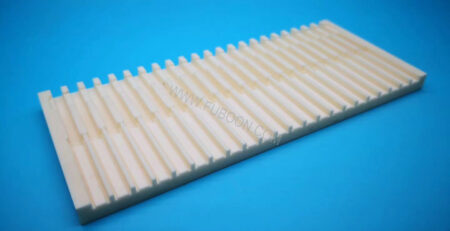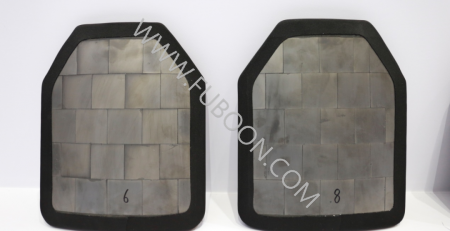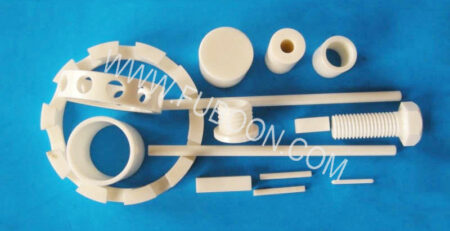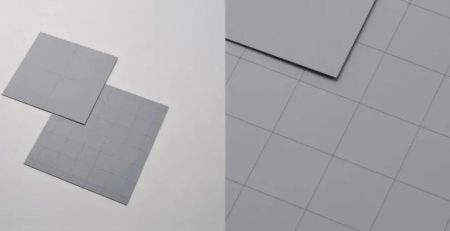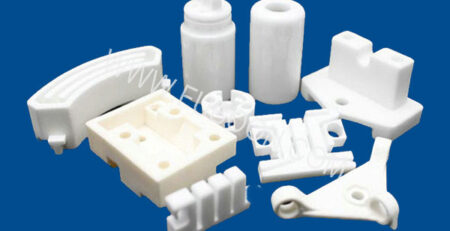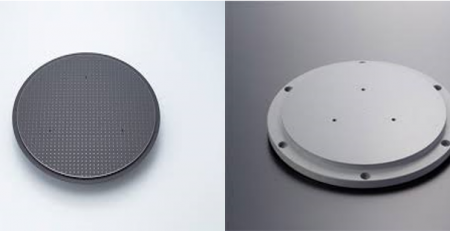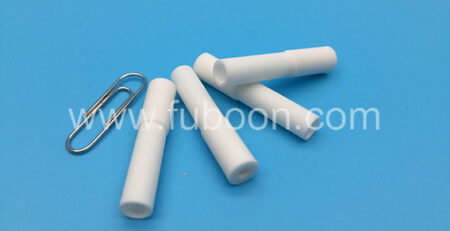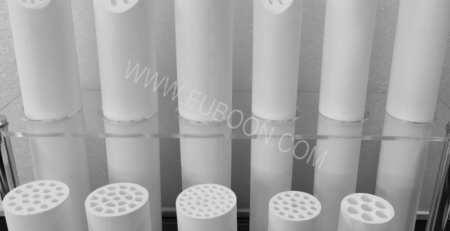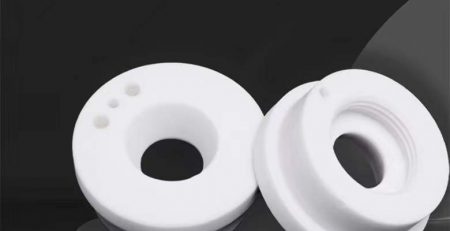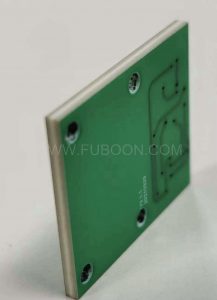
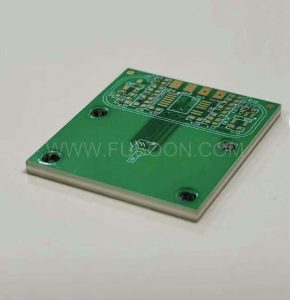
PCB Ceramic circuit boards
With the continuous upgrading and optimization of electronic products, the requirements of PCB, the carrier of its components, are also constantly improving, resulting in the emergence of ceramic circuit boards. So, what are the advantages of ceramic-based circuit boards over traditional glass fiber (FR-4) and aluminum-based and copper-based? FUBOON Explains for you:
1. The shape is warped and stable
Ordinary PCB is usually made of copper foil and substrate, and most of the substrate materials are glass fiber (FR-4), phenolic resin (FR-3), aluminum base, copper base, PTFE, composite ceramics and other materials. The mixture is usually phenolic, epoxy, etc. In the process of PCB processing, due to thermal stress, chemical factors, improper production process, etc., or due to asymmetric copper laying on both sides during the design process, it is easy to cause the PCB board to warp to varying degrees.
Due to the hard material of the ceramic itself, the ceramic circuit board has good heat dissipation performance and low thermal expansion coefficient. At the same time, the ceramic circuit board is bonded to the copper and the substrate by magnetron sputtering. The bonding force is strong, and the copper foil will not fall off. High reliability, thus avoiding the warpage problem of ordinary PCB;
2. Large carrying capacity:
100A current continuously passes through the 1mm0.3mm thick copper body, the temperature rise is about 17℃; 100A current continuously passes through the 2mm0.3mm thick copper body, the temperature rise is only about 5℃;
3. Thermal conductivity:
The thermal conductivity of alumina of ceramic circuit boards can reach 15~35, and aluminum nitride can reach 170~230. Because in the case of high bonding strength, its thermal expansion coefficient will be more matched, and the tested tensile force value can reach 45 MPa.
4. Thermal conductivity:
The thermal conductivity of the high thermal conductivity aluminum substrate is generally 1-4W/M.K, while the thermal conductivity of the ceramic substrate can reach about 220W/M.K depending on its preparation method and material formula.
5. Low thermal resistance:
The thermal resistance of a 10×10mm ceramic substrate is 0.31K/W for a 0.63mm-thick ceramic substrate, 0.19K/W for a 0.38mm-thick ceramic substrate, and 0.14K/W for a 0.25mm-thick ceramic substrate .
6. Good insulation performance, high voltage resistance, protection of personal safety and equipment, strong bonding force, using bonding technology, copper foil will not fall off, high reliability, stable performance in high temperature and high humidity environments.
7. The high frequency performance is stable, and the AK and DK values are lower than that of PTFE and ceramics.
To sum up, with its advantages, ceramic circuit boards have been used in high-power power electronic modules, solar panel components, high-frequency switching power supplies, solid-state relays, automotive electronics, aerospace, military electronic products, high-power LED lighting products, communications Widely used in antennas, automotive sensors, refrigeration chips and other fields.
PCB Ceramic circuit boards

